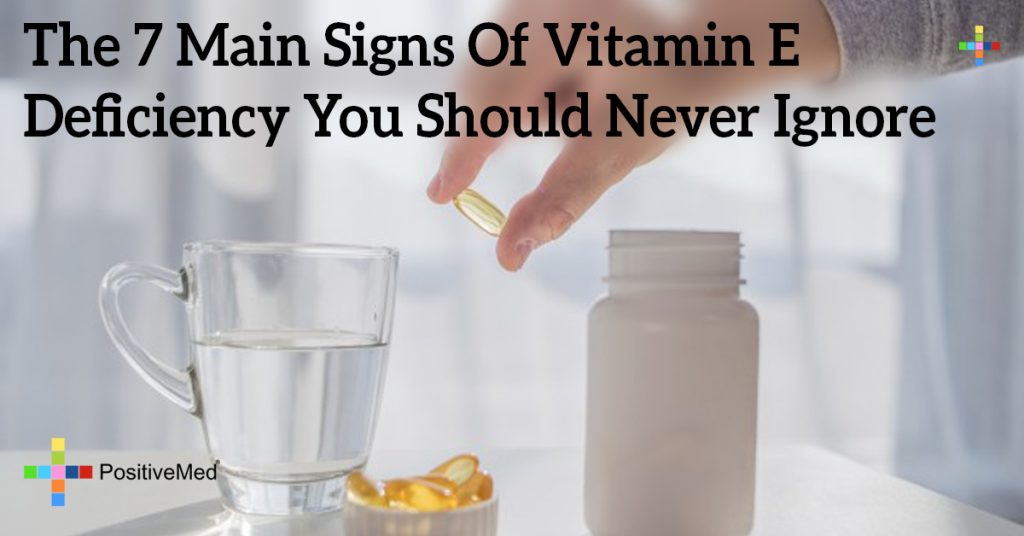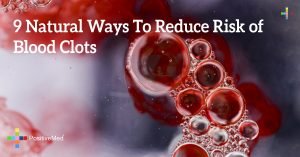
The 7 Main Signs Of Vitamin E Deficiency You Should Never Ignore
Vitamin E is an essential part of the human diet. It works like antioxidants do, and often help keep lipids in normal working order. However, in today’s world of GMOs and incredibly processed foods, it can be difficult to get enough of anything, even Vitamin E. There are some tell tale signs of deficiency that you should keep in mind. Vitamin E offers anti-aging properties. Immunity levels are higher when vitamin E levels are good.

1.One of these tell tale signs is muscle weaknessin children. When the child becomes an adult, the weakness becomes muscle, liver, bone marrow, and brain function abnormalities. However, muscle weakness is a general sign and can also occur in adults. This can mean a lot of different things, but it can also be an indication of other issues.
2.Another tell tale sign is dry hair or loss of hair.While some people do have naturally dry hair, there is a lot of vitamin E that goes into our hair. It offers a firm hold for the hair, and offers a full hold from the roots.
3.Thirdly, a sign of vitamin E deficiency in adults can be a decrease in your $ex drive.Be careful when evaluating this one because only you can know when it’s decreased for sure. If you suspect vitamin E deficiency, get a doctor’s help.
RELATED ARTICLE: Study Linked THIS Common Vitamin Deficiency To Your Joint And Back Pain
4. Cataractsare another sign. These are a cloudy or opaque area in the area of the lens of the eye that is usually clear. They develop in both eyes, but one can be worse than the other under various circumstances. There are three types of cataracts: nuclear, cortical, and posterior capsular. Each is in a different area. A nuclear cataract develops in the center of the lens. The cortical cataract develops in the outer edges of the center. A posterior capsular cataract is in the back and outer layers of the lens, and often develops more quickly than the other two. Vitamin E offers natural protection against these.
5.A fifth sign of vitamin E deficiency is leg cramps. Leg cramps do develop under circumstances where it has been stretched and overworked during exercise, however when vitamin E is not there, the body gets a little out of whack – or more so than usually during an illness. Sudden, painful leg cramps that won’t go away can be a sign of vitamin E deficiency or of an underlying cause that could go hand in hand with vitamin E deficiency.
6.Sixth, vitamin E deficiencies can cause fragile red blood cells.Red blood cells are super important. They carry oxygen via hemoglobin – which is a protein found within the cells. They are often round and flat, with an indentation in the middle – as if someone pushed their thumb into it but did not burst it. If the red blood cell is fragile, it can burst and can then create more complications. They may not be able to carry enough oxygen or enough carbon dioxide. Though they live for 120 days, they should be living to the fullest extent that they can.
7.Seventh, slow tissue healingcan be a large sign of vitamin E deficiency. One of the biggest benefits of having enough vitamin E in your diet is that your tissue heals properly and quickly. Slow healing can complicate everything in other ways, and can create other problems that must be solved.







